Giving Nature Her Due

Heidi Jung recasts the glory of the botanical world with a compelling, innovative use of sumi ink and charcoal on Mylar.
For those artists who feel driven to depict the splendor of the plant kingdom, the fractals of nature are an alluring and infinite source of inspiration. Colorado native Heidi Jung brings these patterns into her art with a method of her own devising. The results are a striking ode to botanicals.

Jung keeps nature close at hand on the property of her home in Denver. Warmer weather reveals her passion in the most demonstrable way—with a backyard garden that’s as surprising as it is lush. Small olive trees occupy the same space as hostas, and summer vegetables keep company with creeping Jenny and rare lilies. Wisteria hangs in graceful suspense on the outside of her small studio, which boasts a garage door with glass panels. Nature is always within Jung’s view.
The botanical models she uses are often dead and dried, far past what most people would consider their peak; however, the details of a plant are laid bare at the hands of this artist. The structure and form of her specimens tell a story of life that’s closer to declining than thriving, but within these organic relics, Jung finds the beauty that feeds her work.

Add and Subtract
Using a Chinese calligraphy brush to apply sumi ink to a sheet of Mylar, Jung draws her subject in pure silhouette. What may seem to be a simple, routine beginning of the artist’s process is, in fact, the most arduous stage as she strives for a highly accurate depiction. “If a drawing doesn’t make the cut, it becomes a ‘carcass,’ ” she says, gesturing to the corner storage in her studio that boasts a stack of Mylar stained with sumi ink.
On the other hand, if a drawing reaches completion, it’s laid flat, initiating a two-week drying process. During this period, Jung will eventually hang the nearly dried work in order to view where her next steps might lead—and these next steps are what contribute so heavily to Jung’s innovative approach.

Once a drawing has dried, the artist uses sandpaper to blend the ink into the Mylar and to distress the ink, creating what she calls a “halo effect” around the shape of the plant. Jung also starts applying charcoal at this stage, defining the form of the plant at a deeper level. Grattage—the removal or erasure of granulations—is another technique that comes into play, involving various tools or the use of water. The artist points out that her movements around the ink must be calculated, especially when they involve water, as it has an aggressive power to strip away pieces of the composition—but when the sweet spot is achieved, a finished work by Heidi Jung hangs in captivating repose. Presented in panel form, the raw organic image draws in the viewer through its sheer familiarity. Something as simple as a common beet presents an alluring design.
From Earth to Inspiration
Those who know Jung know she’s prone to pulling unusual weeds from public places—the shoulder of a road, for example—if only to transplant them onto her own property. She does it to witness a growth cycle, which allows her to see more stages of the plant. Her attention to detail, focused on botanicals for so long, carries into her art seamlessly.
Jung nurtures this love in her urban environment not just through her own gardening but by making frequent visits to the 23-acre Denver Botanic Gardens. She’ll often take photos on the property to serve as studies. She admits she’s drawn to the exotic plants of the tropics, their leaves somehow seeming a little prehistoric—a suggestion of how life on this planet has grown but also diminished.

Through vocational research enhanced by a lifelong passion for flora, Jung is only too aware of the fragile nature of her subjects. By celebrating the organic shapes and textures this earth has to offer, the artist seeks to educate viewers on what they might be overlooking and to take that awareness into the world so that they may see it better. “The earth is dying,” she says, “we lose pieces of it every day.” In her drawings, some of those pieces are preserved and cherished.
About the Author
Jenn Rein (jennrein.com) Jenn Rein is a writer and editor who covers art, design, architecture and lifestyle. She makes her home in Teton Valley, Id., nestled in the wild of the Rocky Mountain West.
About the Artist
Heidi Jung began her college-level arts education with an emphasis on photography before switching to drawing. She holds a BFA degree from Metropolitan State University of Denver. Her drawings are widely exhibited in the Southwestern U.S. Michael Warren Contemporary, in Denver, and Bryant Street Gallery, in Palo Alto, Calif., represent her work.
Learn more about Jung and view videos of the artist at work at heidijung.com.
From Our Shop
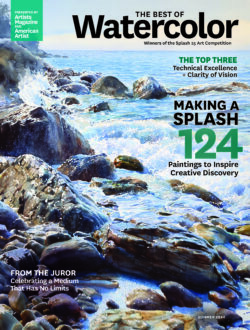

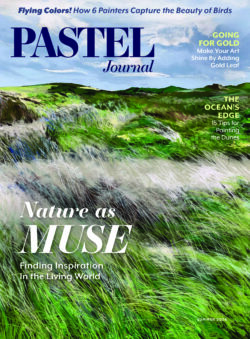
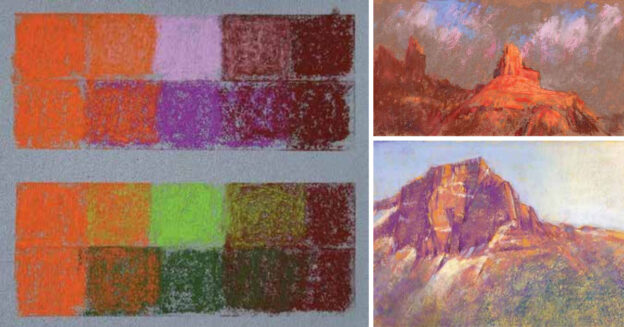

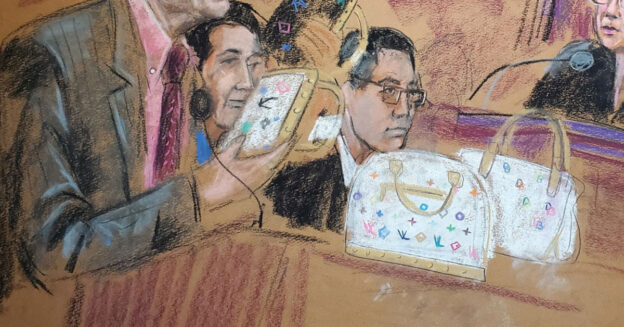

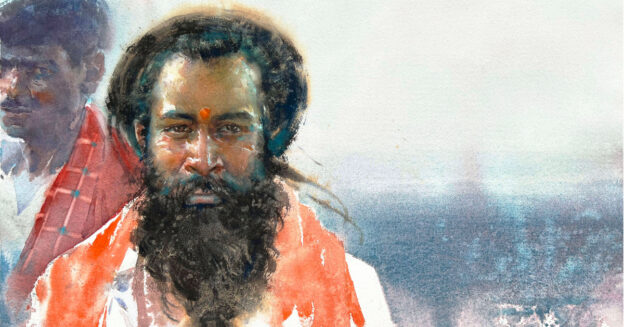

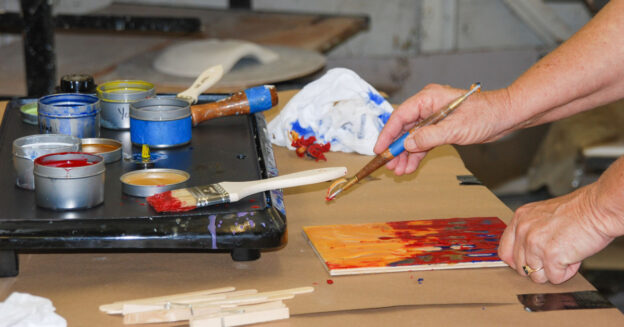


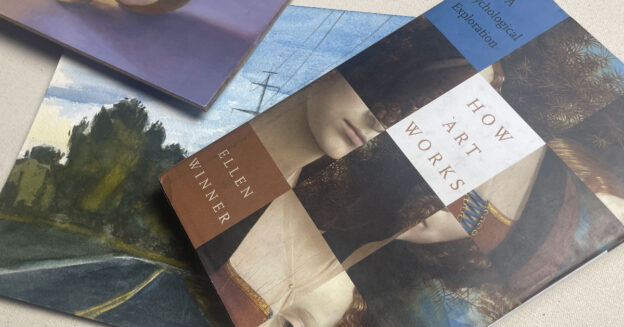


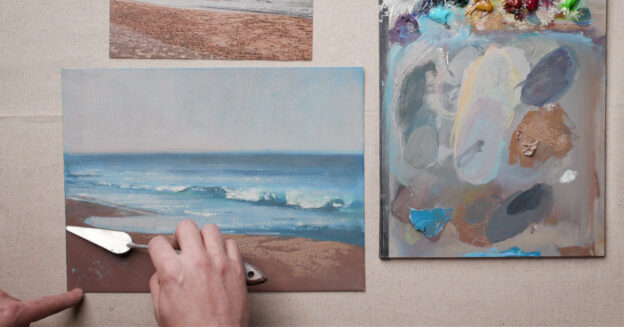

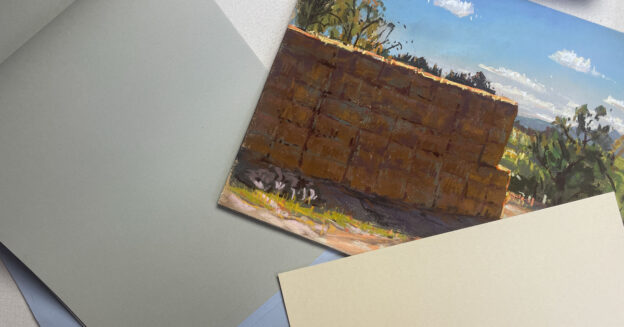

Join the Conversation!